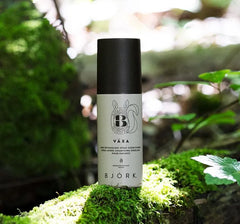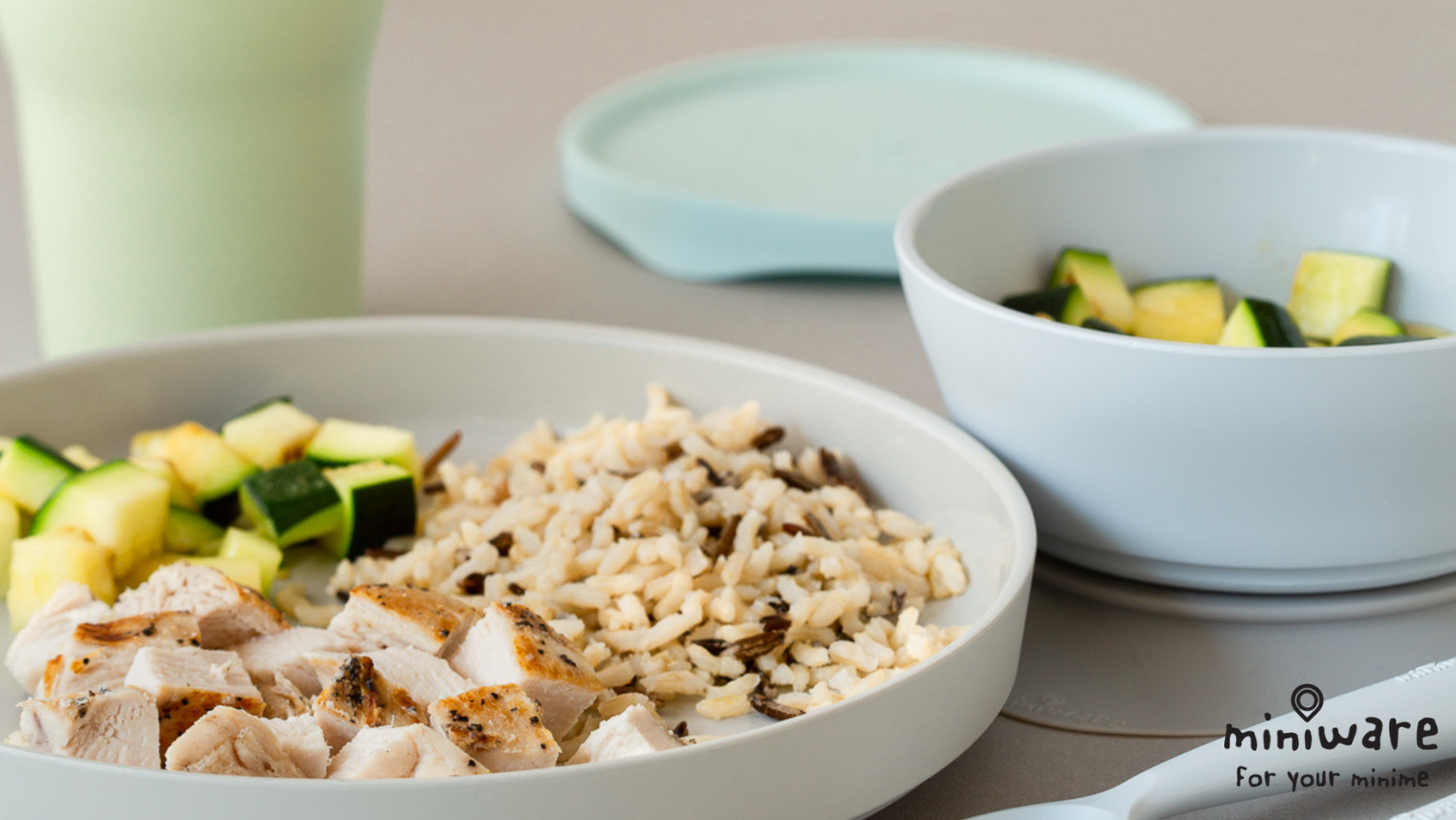Fresh Ways to Prepare Spring Produce for Kids
Say goodbye to hearty winter produce and say hello to tender spring veggies! Fresh, seasonable legumes and vegetables can add a bounty of flavor and nutrition to your dinner table and fortunately, it´s easy to prepare spring produce for kids. While your child may not jump for joy at the sight of bok choy and asparagus, spring is also the season for kid-favorites like peas, green beans carrots.

Look at these three spring produce favorites to discover their benefits to growing bodies and some fresh ideas on how to prepare them:
Carrots
Delicious, sweet carrots provide a host of healthy benefits thanks to chock full of vitamins, minerals and fiber. Carrots are high in vitamin A which is good for the eyes and antioxidants which are thought to help prevent cancer and cardiovascular disease. They´re also high in vitamin K, important for bone health, potassium which regulates blood pressure and vitamin B6, which converts food into energy. How´s that for food power?
Although carrots are great raw as a snack or in salads, there are dozens of healthy and tasty ways to prepare them. Coat them in a bit of olive oil, salt and herbs and roast them in the oven or pan-fry with a touch of maple syrup for a slightly sweet side dish. Create a light and flavorful carrot soup and serve with salad and crusty French bread. Kids love dipping! Carrots are wildly flexible and can stand alone or complement main dishes. You can even make carrot-potato pancakes or carrot cupcakes!
When shopping for carrots, look for firm, bright orange ones of average width. Overly thick carrots may be tough. Avoid wilted or yellowing carrots.

Peas
There are two types of peas, the kind that needs shelling and those you eat whole. Garden or green peas are shelled once grown and the peas removed and cooked. Snow peas and sugar-snap peas have edible pods and can be eaten whole. Peas are legumes and are nutritionally unique in the produce department. They´re very low in calories but contain significant amounts of several crucial vitamins and minerals, plus a large amount of fiber – four times as much as in the same amount of carrots!
Peas are one of the best plant-based sources of protein; this plus their high fiber content makes them very filling. Peas are high in vitamin K, vitamin B1, vitamin C, vitamin B6 and zinc. When selecting fresh peas, look for firm, solid green pods and avoid puffy, speckled or yellowing pods. If fresh is not an option, choose frozen peas over canned. Both can contain significant added salt unless marked as low- or reduced-sodium but frozen better retains the texture and flavor of fresh peas.

Green Beans
Green beans are another kid-friendly spring produce item that´s versatile and easy to prepare. They´re high in fiber and contain protein, as well as vitamins A, C, K, B6 and folic acid. Green beans are also a good source of important minerals like calcium, iron and potassium. There are more than 150 varieties of green beans in the world and they can be found in many cultures and cuisines. Some of the health benefits they provide include prevention of colon cancer, controlling diabetes, promoting healthy bone growth and boosting the immune system.
Instead of just steamed and seasoned, try parmesan-roasted green beans, toss them in apricot glaze with bacon crumbles or lightly coat in olive oil and toss them on the grill! When shopping for fresh green beans, look for brightly colored beans that snap when bent. Avoid rubbery or too-stiff beans and those with visible blemishes or damage.
What spring produce do your kids love? Let us know in the comments!





